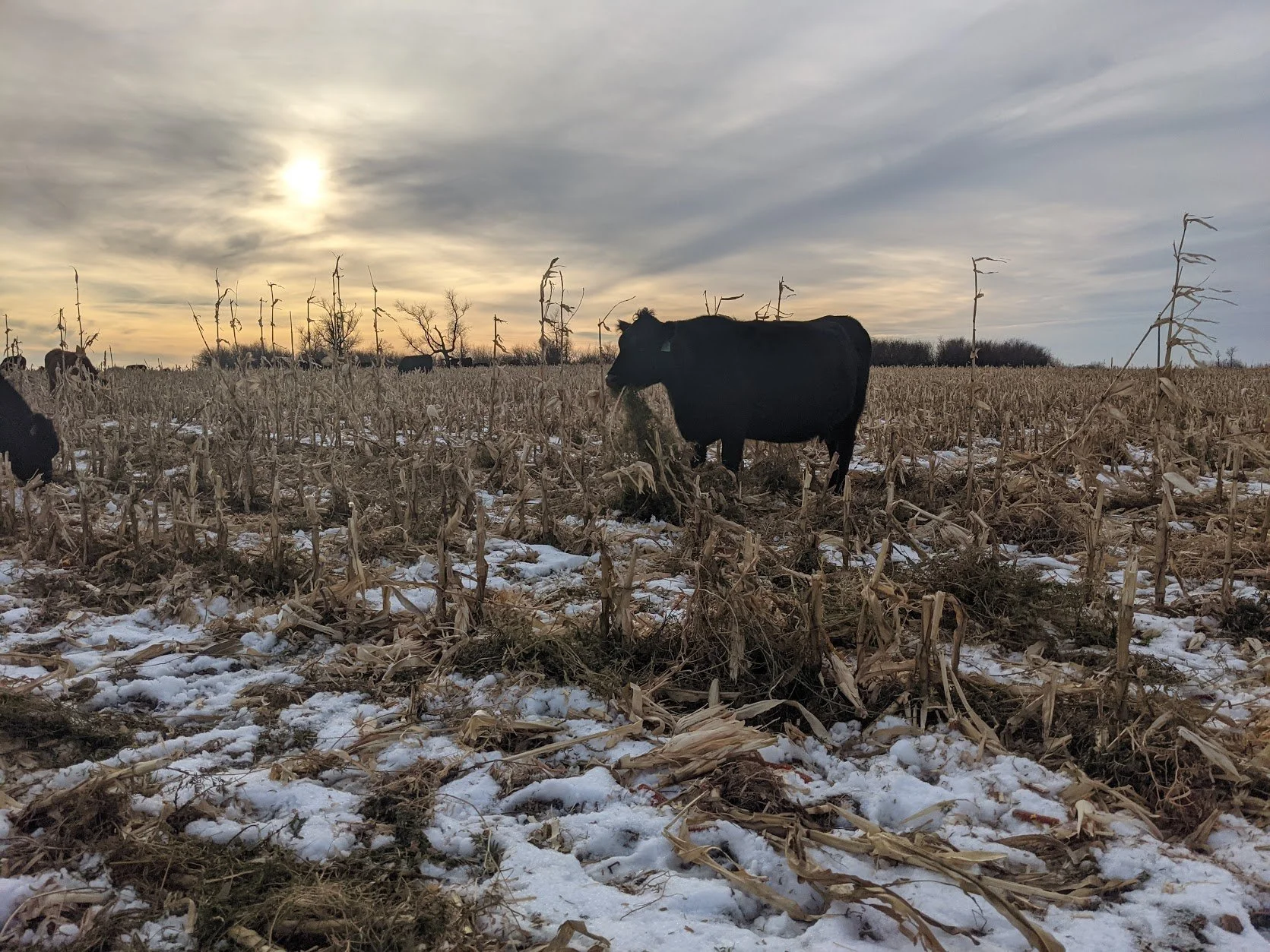Plant Diversity Co.
intercropping
Collaboration vs. Competition
Collaboration vs. Competition
Reduce nitrogen by utilizing rhizobium bacteria, the mycorrhizal fungal network & the decay/decomposition of legume roots and shoots.

Paynel, F., Lesuffleur, F., Bigot, J. et al. A study of 15N transfer between legumes and grasses. Agron. Sustain. Dev. 28, 281–290 (2008).
Vegetative legumes with high carbon cereals provide a balanced diet for microbial populations. This balanced diet promotes an environment in which soil micro-organisms can thrive.

Learn more about the importance of a balanced C:N ratio, here.
Extend your grazing season. To learn more about ways in which plant diversity such as intercropping can bring an immediate ROI to the farm, click here.

Image: Corn/Hairy Vetch Intercrop